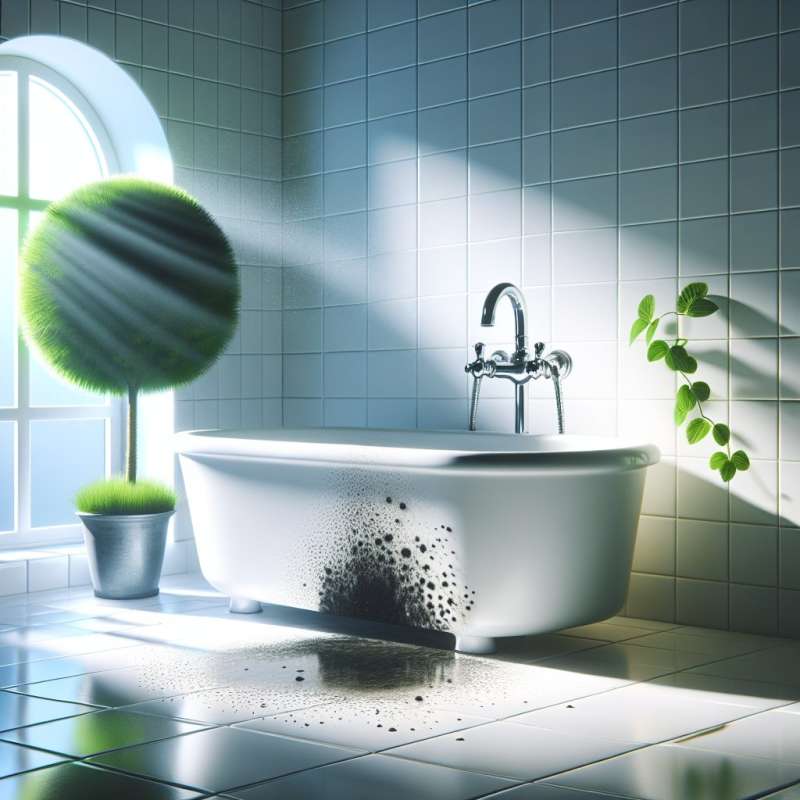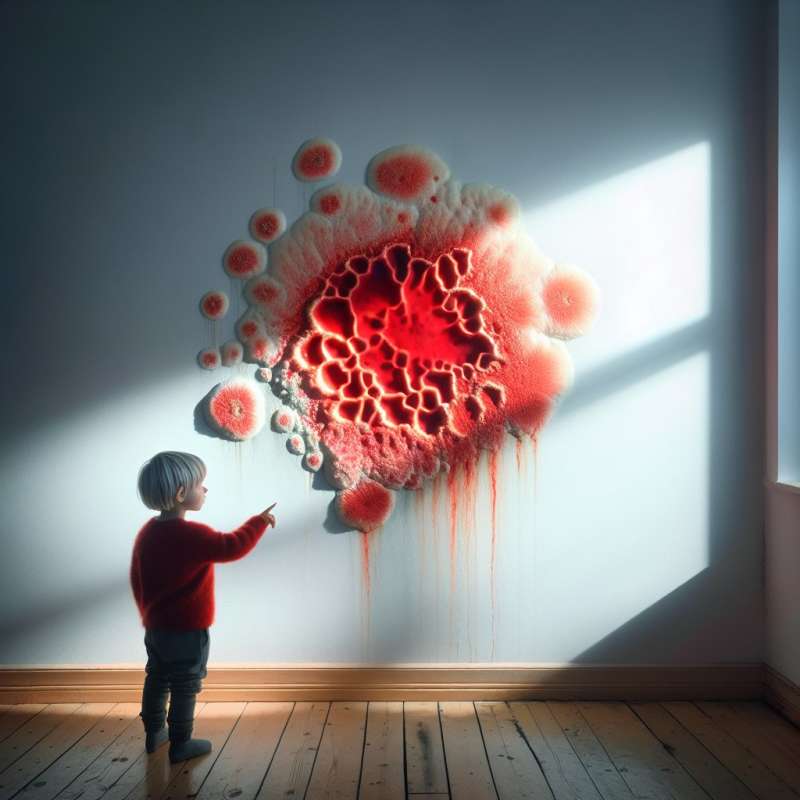
Understanding Black Mold
Black mold, or Stachybotrys chartarum, is a common indoor fungus. It thrives in moist environments and can release toxins potentially harmful to human health, especially in poorly ventilated areas.
Black Mold Locations
Frequently found in water-damaged buildings, black mold grows on cellulose-rich surfaces like drywall, carpet, and insulation. High humidity areas like bathrooms and basements are particularly susceptible to mold growth.
Health Implications
Exposure to black mold can cause respiratory issues, allergic reactions, and in severe cases, neurological problems. Symptoms include coughing, sneezing, eye irritation, and in some, memory loss or dizziness.
Mold vs. Mushrooms Indoors
While both fungi, indoor mushrooms are less common than mold. Mushrooms require decayed organic matter to grow, hinting at more severe underlying building issues like rot or severe water damage.
Preventing Fungal Growth
Prevention includes controlling humidity, ensuring proper ventilation, fixing leaks promptly, and using mold-resistant building materials. Regular cleaning and maintenance are key in areas prone to moisture.
Removal and Remediation
Small mold patches can be cleaned with detergent, but professional remediation is recommended for larger infestations. Complete removal involves fixing the moisture problem and replacing contaminated materials.
Surprising Mold Facts
Some molds can 'bleed' or 'sweat' when producing spores, resulting in eerie red or yellowish drips on walls. This phenomenon, often mistaken for a sign of something supernatural, is purely biological.
What is black mold scientifically named?
Aspergillus niger
Stachybotrys chartarum
Penicillium chrysogenum
Company